8 Top Sights in Rocamadour
Rocamadour is one of France’s most breathtaking villages, built into a towering cliff above the Alzou Valley in the Lot department, Southwestern France. The dramatic setting, rich history, and religious important have made it a must-visit destination for centuries.
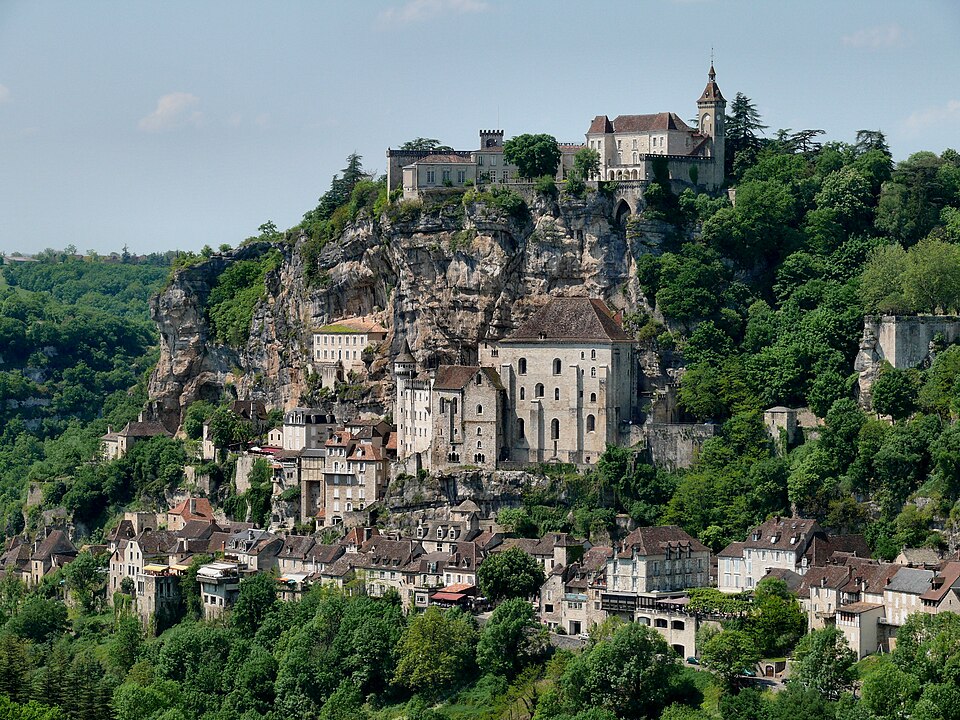
Rocamadour, was built on a rock wall at a point where the mummified body of an old hermit was discovered. In the middle ages, people believed this was a miracle.
Labeled one of the 300 “Most beautiful villages of France”, Rocamadour is a true jewel clinging to the rock wall. Registered on UNESCO’s world heritage list as a stage on the Way of St. James.
Here are 8 reasons why this place is extraordinary:
1. The Sanctuary of Rocamadour
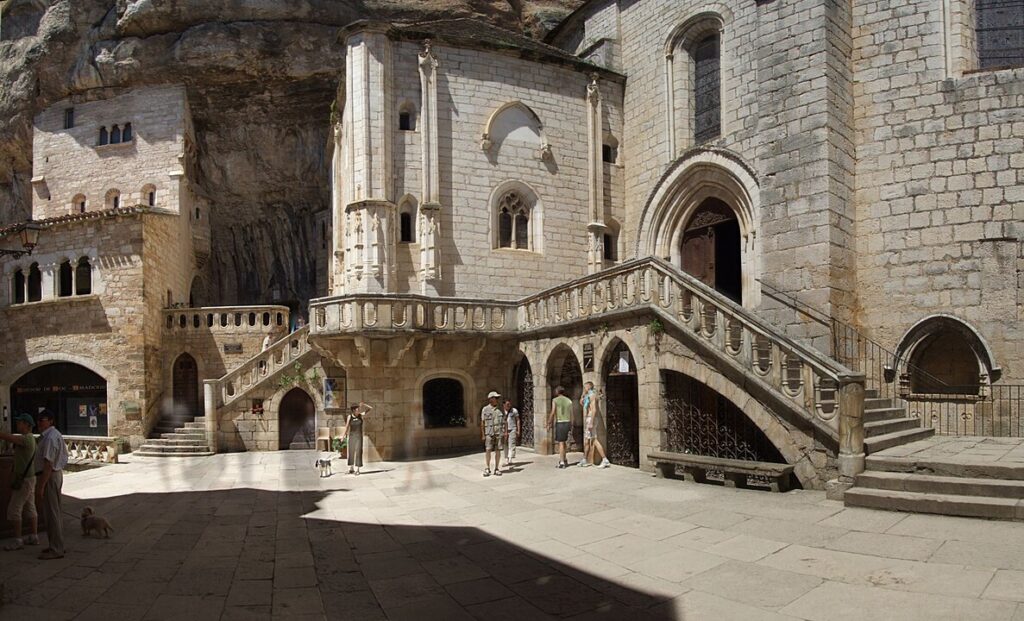
The Sanctuary of Rocamadour is the village’s spiritual center, located halfway up the cliff. It includes several chapels and the Basilica of Saint-Sauveur, a UNESCO World Heritage Site.
The highlight is the Black Madonna, a 12th-century wooden statue believed to have miraculous powers. Pilgrims and visitors come to see this sacred figure and to experience the peace of the Chapelle Notre-Dame, where it is displayed.
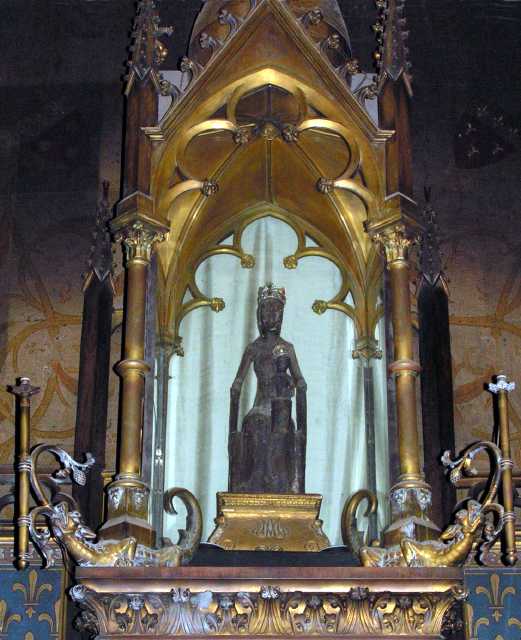
The Sanctuary has been a destination for worship and prayer for centuries. Every seven years, the Sanctuary hosts the Grand Pardon de Rocamadour, a major religious event drawing thousands of pilgrims for processions, prayers, and indulgences.
2. The Medieval Streets
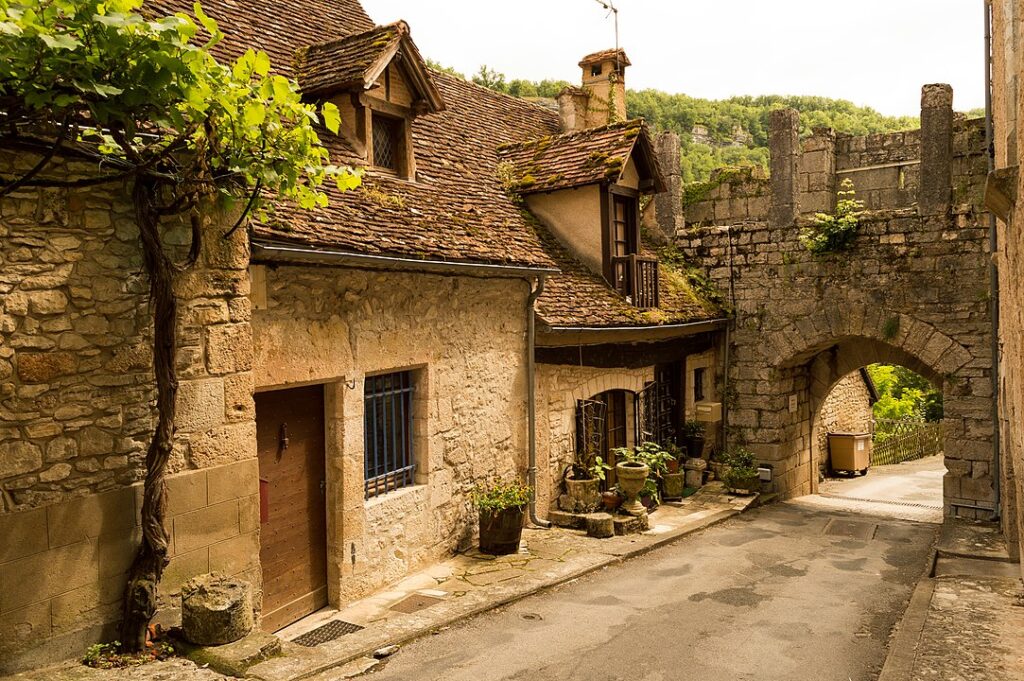
Rocamadour’s streets are narrow and paved with cobblestones. Most buildings were constructed between the 12th and 14th centuries using limestone from the surrounding cliffs. The layout of the streets remains largely unchanged. The Porte Salmon, an arched stone gate, served as the town’s main entrance and part of its defensive walls.
The streets are now home to shops selling local things such as Rocamadour goat cheese, walnut products, and handcrafted goods. There are also small cafés and restaurants offering regional dishes.
3. The Château and Ramparts
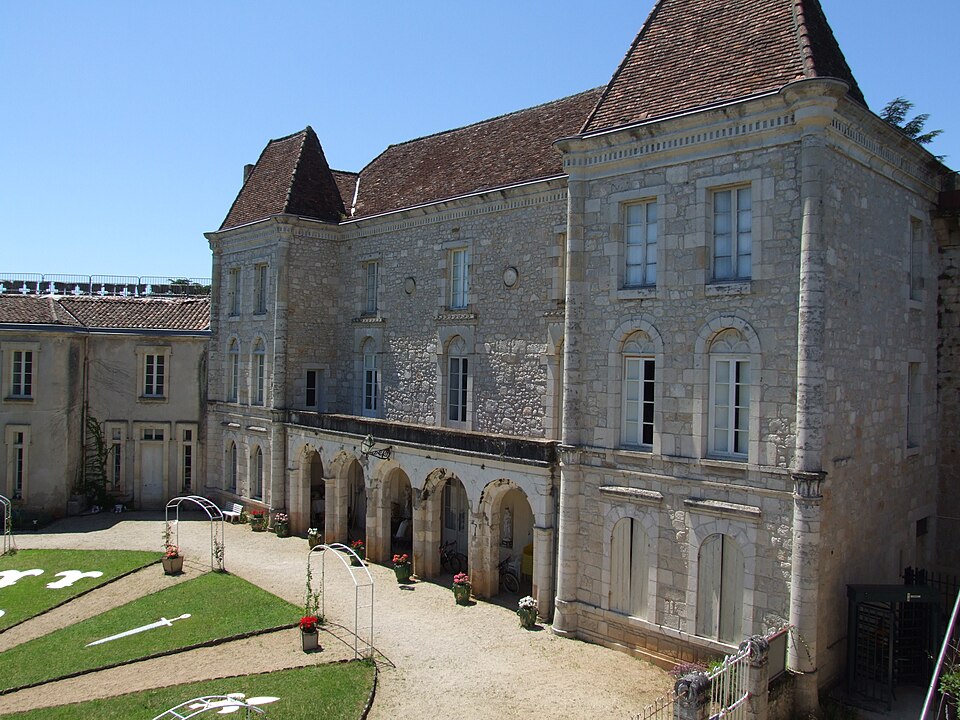
The château at the top of Rocamadour was built in the Middle Ages to protect the religious sanctuary below. Although the interior is closed to the public, visitors can walk along its ramparts.
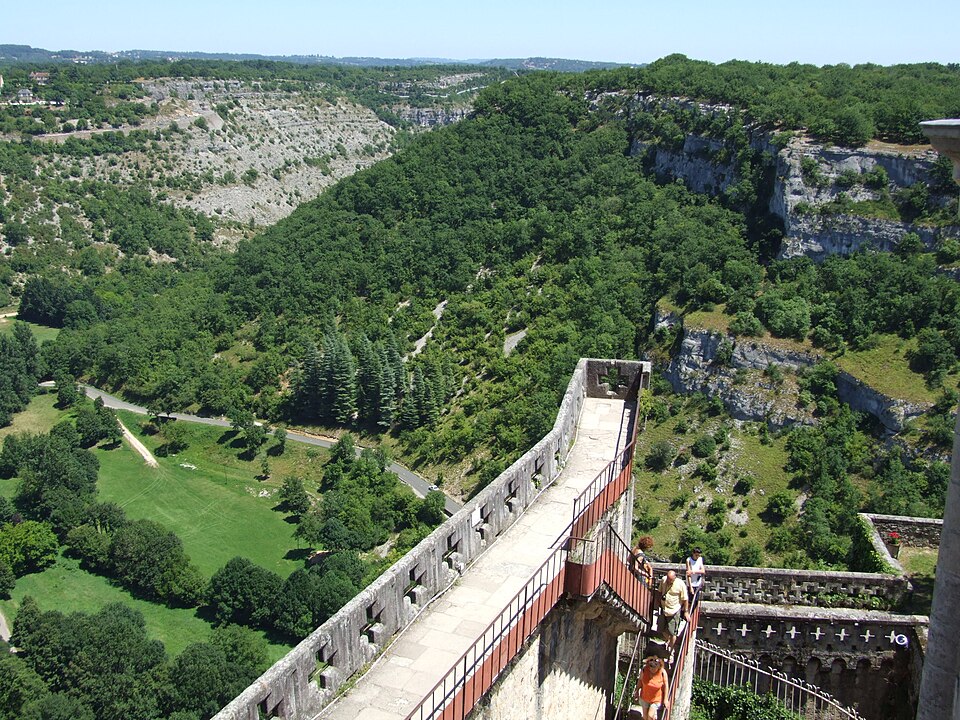
The ramparts were part of the village’s defense system, designed to guard against invaders during the 12th and 13th centuries. The fortified walls offer panoramic views of the Alzou Valley and the village clinging to the cliffside.
4. The Pilgrim Path

Rocamadour has been a key stop on the pilgrimage route to Santiago de Compostela since the 12th century. Pilgrims traveled here to visit the Shrine of the Black Madonna, seeking blessings, healing, or forgiveness.
The path through the village leads from the lower town up to the sanctuary via the Grand Escalier, the famous staircase with 216 steps. Many pilgrims climbed these steps on their knees as an act of devotion. The tradition of pilgrimage continues today, with modern visitors retracing these historic routes.
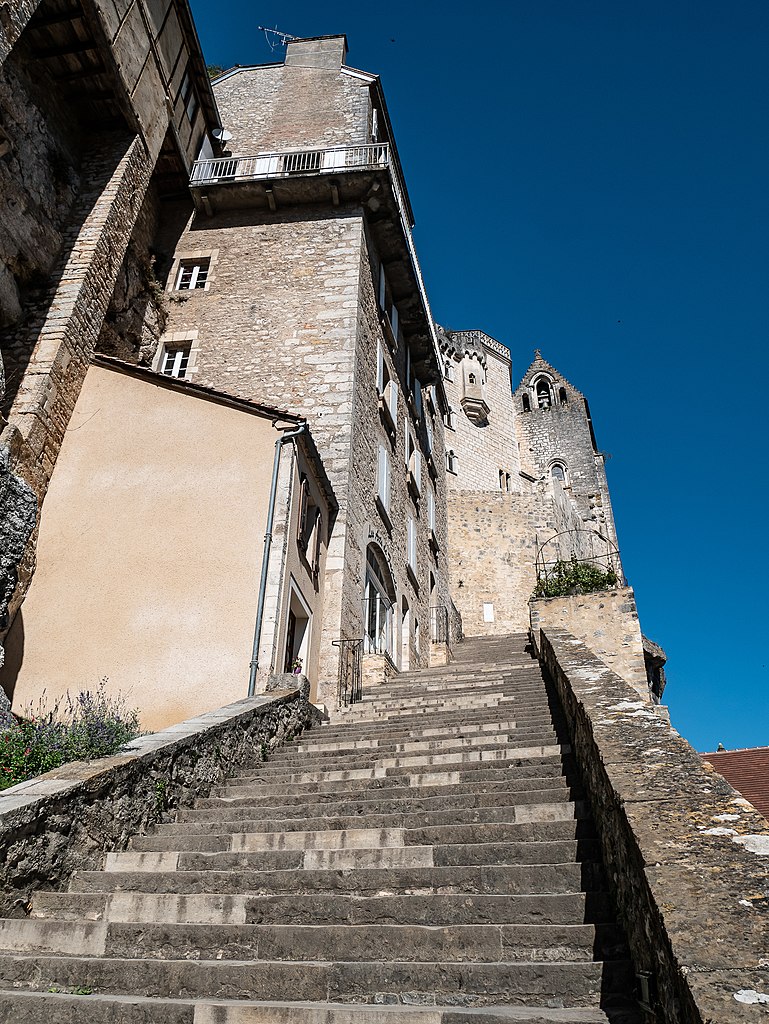
5. Gouffre de Padirac
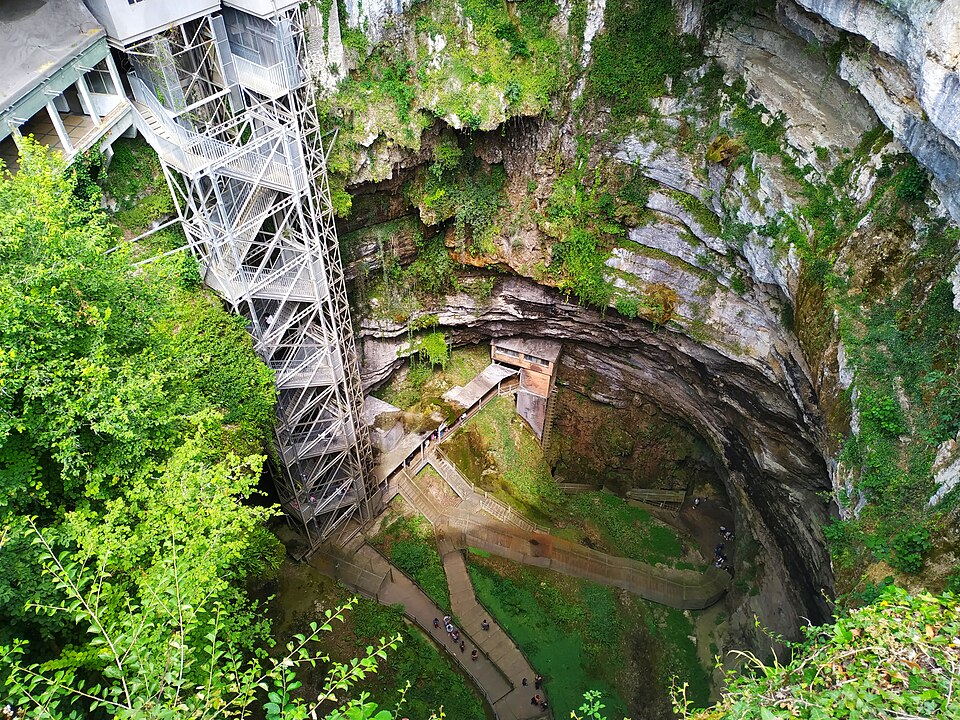
Discovered in 1889, the Gouffre de Padirac is one of France’s most visited geological sites. It’s a massive sinkhole and cave system located about 20 kilometers from Rocamadour.
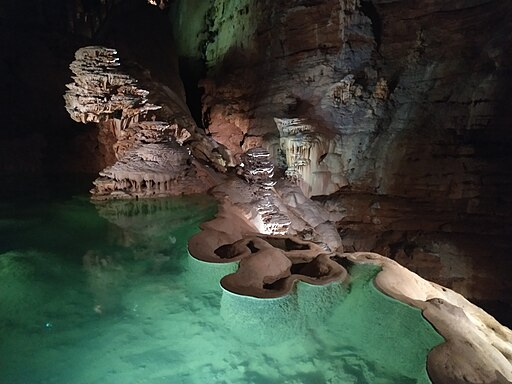
The entrance is a 100-meter-deep natural shaft that leads to a network of underground galleries. Visitors can descend into the cave via stairs or an elevator and explore its limestone formations. A fascinating boat ride on the underground river winds through the cave’s amazing chambers.
6. Regional Cuisine
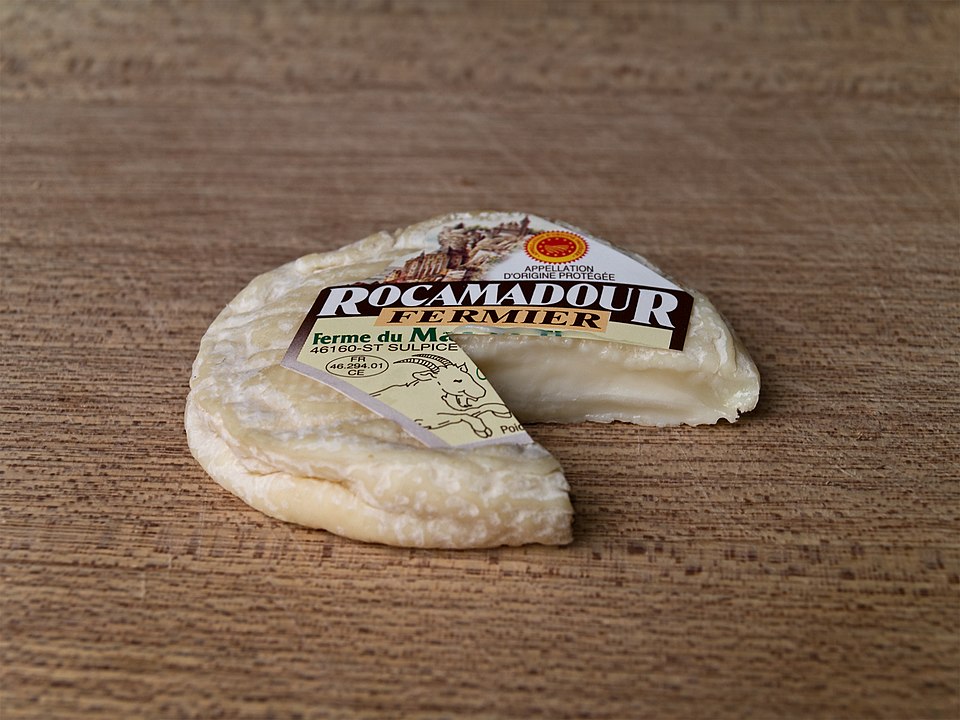
Rocamadour is part of the Lot region, famous for its rich culinary traditions. The Rocamadour cheese is a soft goat cheese with AOP status (Protected Designation of Origin) often served on salads or toasted bread.
Other regional specialties include duck confit, foie gras, and walnut-based desserts like tarts and cakes. Local wines from Cahors, made with Malbec grapes, are commonly paired with these dishes.
7. The Alzou Valley
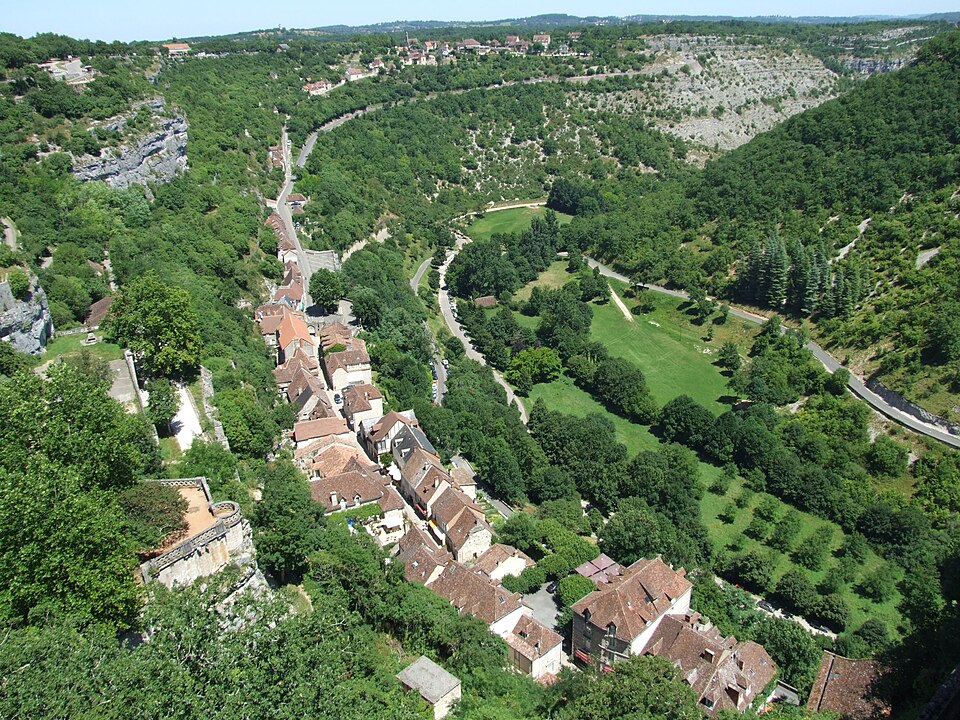
The Alzou Valley lies at the base of Rocamadour and is part of the Causses du Quercy Regional Natural Park. It’s a great area for hiking and nature walks due to its rugged limestone cliffs, rolling hills, and dense vegetation.
Wildlife such as peregrine falcons, deer, and foxes are often spotted in the valley. The Alzou River which carved the valley now runs dry most of the year. Several old mills built to harness the river can still be found along the valley floor. Trails through the valley offer views of Rocamadour from below.
8. The Legendary Sword of Rocamadour
According to legend, Durandal is the sword of Roland, a heroic knight from the time of Charlemagne (late 8th and early 9th centuries). The story says that Roland threw the sword to prevent it from falling into enemy hands during the Battle of Roncevaux Pass.
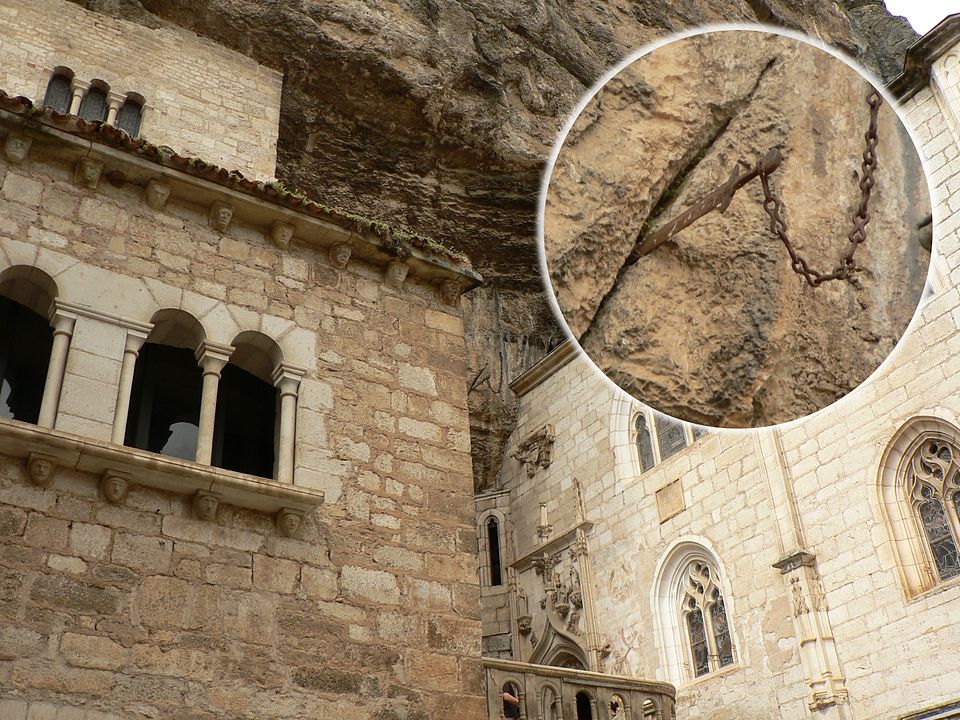
It is believed that the sword miraculously embedded itself into the cliff at Rocamadour, where it remains displayed today. The sword is set in stone near the Sanctuary. Visitors often marvel at this symbol of bravery and legend.
